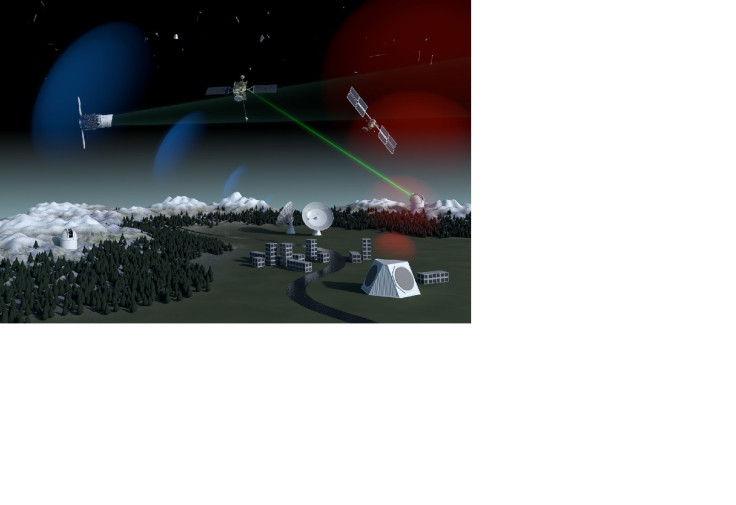ESA Scientists Use Lasers To Detect Space Debris In Daylight
KEY POINTS
- Daylight usually prevents lasers from detecting space debris
- A new technique enabled ESA scientists to spot space objects during the daytime
- The new technique can improve early detection systems to prevent collisions caused by space debris
For the first time, scientists of the European Space Agency (ESA) successfully used lasers to detect space debris during the daytime. According to the agency, this technique will help improve the ESA’s efforts in preventing collisions caused by the pieces of space junk orbiting Earth.
The use of lasers to detect space debris is not new. Lasers are usually used to measure the distance between objects in space. However, this method mainly works during certain hours at night or when Earth is in darkness.
Pieces of space debris that are reflecting light from the sun are easier to spot from a dark vantage point, according to the ESA. Unfortunately, during the daytime, sunlight prevents current methods from detecting the debris floating around Earth.
“We are used to the idea that you can only see stars at night, and this has similarly been true for observing debris with telescopes, except with a much smaller time window to observe low-orbit objects,” Tim Flohrer, the head of the ESA’s space debris office, said in a statement.
In a recent experiment, scientists from the ESA used a combination of lasers, telescopes, detectors and light filters that operate at specific wavelengths to spot space debris during the daytime. Through the new technique, the scientists were able to observe about 40 various cosmic objects in the middle of the day.
Many of the objects they spotted usually remained undetected in the sky due to daylight.
Due to the success of the experiment, the ESA scientists noted that it could be used to improve the detection of space debris and other objects in low-Earth orbit. Being able to spot objects during the daytime will provide the ESA with enough time to prevent potential collisions caused by space debris.
“We expect that these results will significantly increase debris observation times in the near future,” Michael Steindorfer of the Austrian Academy of Sciences stated. “Ultimately it means we will get to know the debris population better, allowing us to better protect Europe’s space infrastructure.”
The findings of the scientists were presented in a new study published in the journal of the Austrian Academy of Sciences.

© Copyright IBTimes 2024. All rights reserved.





















